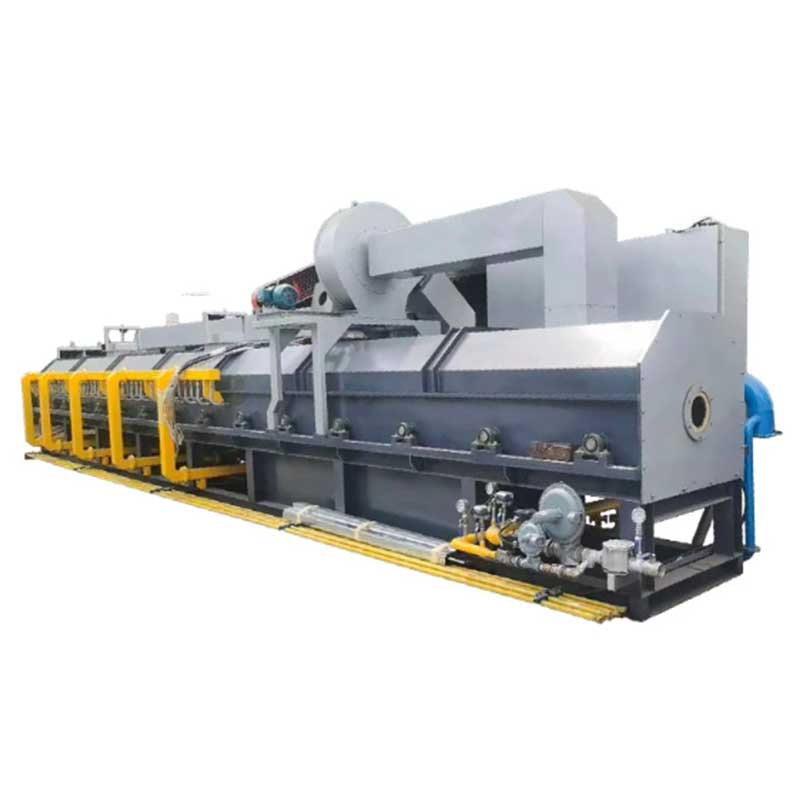- English
- Español
- Português
- русский
- Français
- 日本語
- Deutsch
- tiếng Việt
- Italiano
- Nederlands
- ภาษาไทย
- Polski
- 한국어
- Svenska
- magyar
- Malay
- বাংলা ভাষার
- Dansk
- Suomi
- हिन्दी
- Pilipino
- Türkçe
- Gaeilge
- العربية
- Indonesia
- Norsk
- تمل
- český
- ελληνικά
- український
- Javanese
- فارسی
- தமிழ்
- తెలుగు
- नेपाली
- Burmese
- български
- ລາວ
- Latine
- Қазақша
- Euskal
- Azərbaycan
- Slovenský jazyk
- Македонски
- Lietuvos
- Eesti Keel
- Română
- Slovenski
Introduction to the structure of aluminum profile aging furnace
2024-05-25
The structure of this aluminum rod furnace is similar to that of a general oven, consisting of a furnace shell, lining, furnace door, trolley, heating element, ventilator device, aluminum alloy aging furnace, system, etc.
The electric furnace shell is made of welded steel frame. The inner and outer walls are made of high-quality cold-rolled steel plates with small thermal deformation coefficients. The inner lining is made of aluminum silicate refractory fiber needle-punched blankets as heat insulation and heat preservation materials to reduce the temperature rise of the furnace wall. The furnace door shell is also welded with steel as the frame, the outer wall is also made of cold-rolled steel plates, and the inner lining is also made of aluminum silicate refractory fiber needle blankets as heat insulation and thermal insulation materials.
There is rubber asbestos packing embedded around the furnace mouth. After the furnace door is closed, it is in close contact with the rubber asbestos packing at the furnace mouth to ensure that no heat is dissipated.
The heating element of the electric furnace adopts tubular heaters, which are arranged on both sides of the furnace and on the trolley surface. The resistance wire is made of high-resistance alloy wire and has a long service life. In order to ensure the uniformity of the furnace temperature, the electric furnace is equipped with a ventilator device and an air guide system. The ventilator device is installed on the top of the furnace body, and the fan is made of heat-resistant steel and is centrifugal. The wind guide system consists of wind deflectors and wind deflectors. The air guide plate is installed on the top of the furnace and has air guide grooves on it. When the fan is turned on, the wind is thrown out from the fan, blows evenly to the heaters on both sides of the furnace through the air guide slots, blows into the furnace through the vents at the bottom of the windshield, and then is sucked into the fan from the air guide vents at the bottom of the fan. into the furnace, and then throw it out... in this reciprocating cycle, the heat generated by the heater is brought into the furnace, so that the workpiece is heated evenly.




